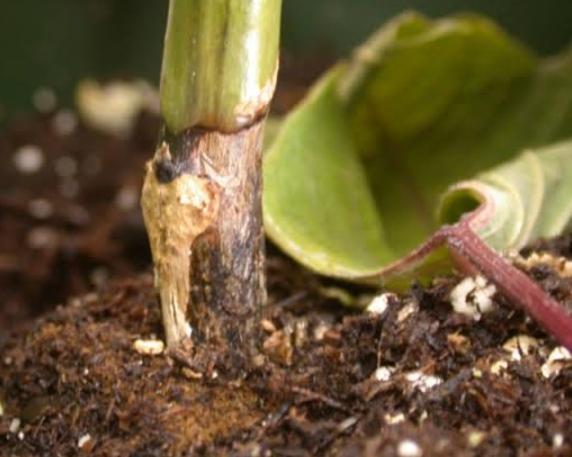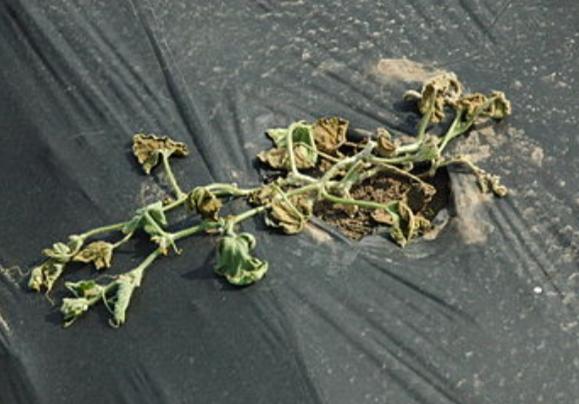Money Plant
Money Plants, vines with a fast growth rate, adapt to various light conditions and well-drained soil. With low maintenance, they are often used for decorative purposes and are believed to bring good luck.
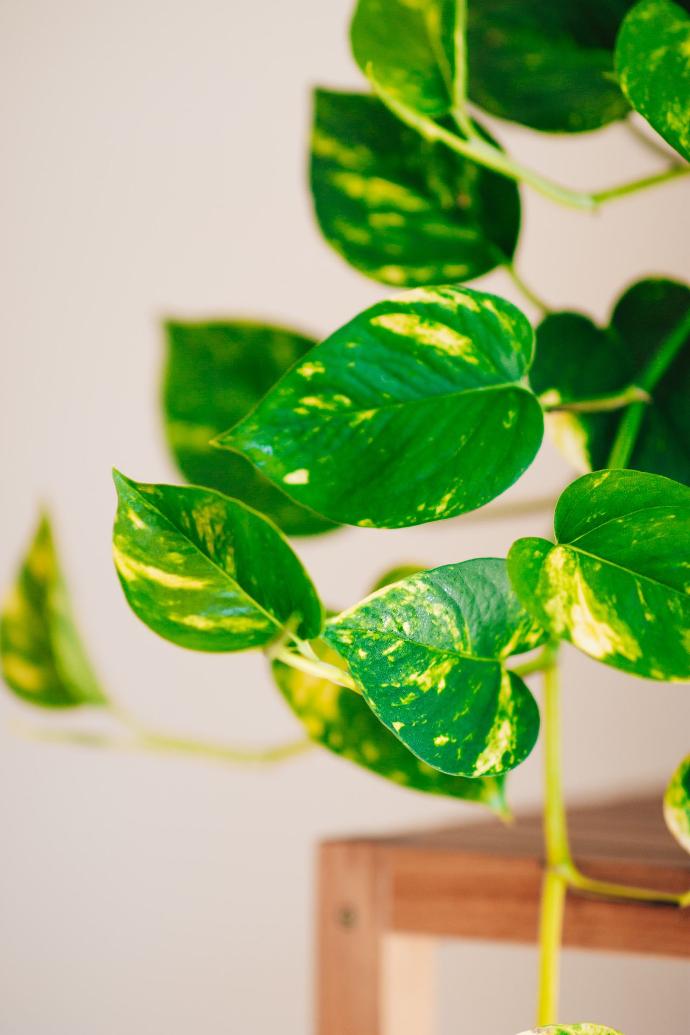
Habit
Vine
Height
1-3 meters
Growth
Fast
Soil
Well-drained, fertile soil
Shade
Low to Bright Indirect Light
Moisture
Moderate
Edible
No
Medicinal
No
Origin
Southeast Asia
Climatic Condition
Tropical, humid
Temperature (°)
20-30
Humidity (%)
70-80
Potting media
Loamy or peat-based soil
Fertilizers
Nitrogen-rich
Watering
Moderate
Plant Weight
300-500 grams
Flowering Time
Year-round
Soil Ph level
5.5-6.5
Water Ph level
6.0-6.5
Soil EC
0.2-0.3 mS/cm
Yield Per Plant
Low
NPK ratio
10:10:10
life Span
2-5 years
Health Benefits
Used for decoration, purifies air, supports mental health
Suggested Grow Media or Potting Mix ?
50% peat moss, 30% perlite, 20% compost
Suggested Fertigation/Fertilizers
Fertilize every 4 weeks with a balanced, water-soluble fertilizer.
Common Diseases and Remedies
Rhizoctonia root rot , Bacterial wilt
veins of leaves and stems turn into darker and yellow spots spread rapidly
avoid over watering and use well drained porous potting mixture
HEALTH BENEFITS
- Improves indoor air quality by removing toxins like formaldehyde and benzene.
- Enhances mental well-being by reducing stress and anxiety.
- Boosts humidity, which helps with respiratory health.
What Is An Money Plant?
The money plant, also known as Pothos or Devil's Ivy, is a popular houseplant known for its attractive heart-shaped leaves and easy care requirements. It's believed by some cultures to bring good luck, prosperity, and positive energy to the home. It thrives in indirect sunlight and only requires occasional watering, making it ideal for beginner gardeners.
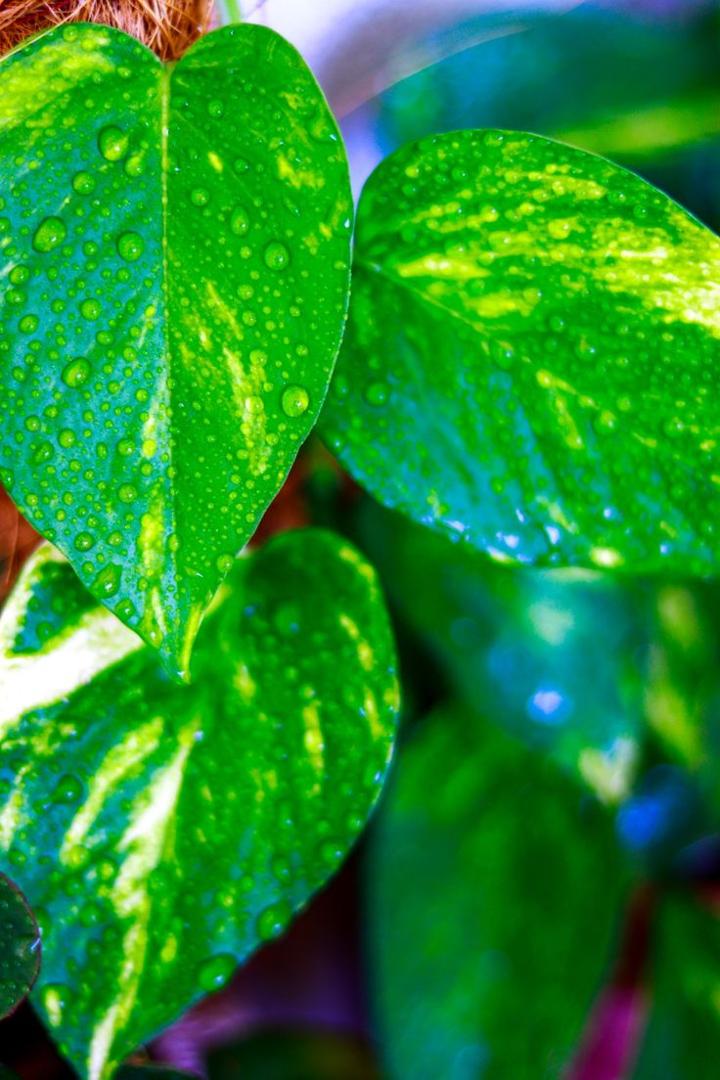
What Are The Different Types Of Money Plant?
1. Pilea peperomioides
Also known as the Chinese money plant or the pancake plant, it features round, coin-shaped leaves on long stems. It's believed to bring good luck and prosperity.
2. Epipremnum aureum
Commonly known as Devil's Ivy or Golden Pothos, this plant has heart-shaped leaves with variegated patterns of green and yellow. It's popular for its ease of care and air-purifying qualities.
3. Crassula ovata
Also called the Jade plant, it has thick, fleshy leaves and is associated with wealth and prosperity, particularly in feng shui practices.
4. Lunaria annua
Known as the Silver Dollar plant or Honesty, it produces flat, round seed pods that resemble silver coins. It's grown for its ornamental value and is often used in dried flower arrangements.
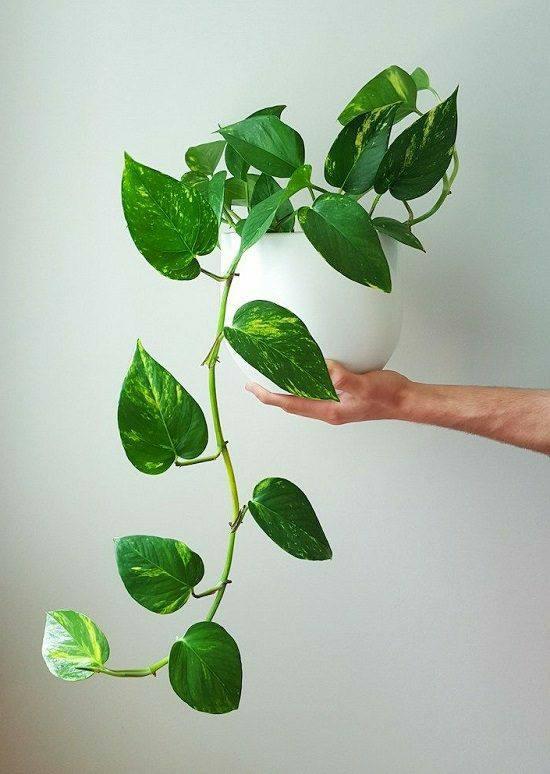
How To Care For Money Plant?
1. Location
Money plants, such as Pilea peperomioides, Epipremnum aureum (Pothos), and Crassula ovata (Jade plant), are typically grown indoors as houseplants in various regions around the world. They are commonly placed in homes, offices, and other indoor spaces where they can thrive in indirect sunlight and moderate temperatures. However, depending on the climate, they can also be grown outdoors in suitable conditions, such as in mild or tropical regions where temperatures do not drop too low.
2. Sunshine
Money plants, such as Pilea peperomioides and Epipremnum aureum (Pothos), prefer bright, indirect sunlight. They thrive in locations where they receive plenty of natural light but are protected from direct sunlight, which can scorch their leaves. Placing them near a window with sheer curtains or in a well-lit room where sunlight is filtered through trees or buildings is ideal. However, they can tolerate lower light conditions, but their growth may be slower, and their foliage may become less vibrant.
3. Soil
Money plants, like Epipremnum aureum (Pothos) and Pilea peperomioides, prefer well-draining soil that retains some moisture but doesn't become waterlogged. A good mix for these plants is a combination of potting soil, perlite or sand for drainage, and some organic matter like compost or peat moss to retain moisture and provide nutrients.
4. Hydration
Money plants, such as Pothos and Pilea peperomioides, prefer moderate watering. Allow the soil to dry out slightly between waterings, then water thoroughly until water drains from the bottom of the pot. Overwatering can lead to root rot, so it's essential to avoid soggy soil.

5. Nourishment
Money plants, like Pothos and Pilea peperomioides, benefit from regular feeding during the growing season to promote healthy growth and vibrant foliage. You can nourish your money plant with a balanced, water-soluble fertilizer specifically formulated for indoor plants.During the active growing months of spring and summer, dilute the fertilizer to half-strength and apply it every 2-4 weeks. In fall and winter, when growth slows down, you can reduce the frequency to once a month or suspend fertilization altogether.
6. Issues
Excessive watering can lead to root rot, yellowing leaves, and wilting. Ensure the soil is allowed to dry out slightly between waterings to prevent this issue.Money plants can attract pests such as aphids, spider mites, and mealybugs. Regularly inspect the plant for signs of pests, such as webbing, sticky residue, or tiny insects, and treat them promptly with insecticidal soap or neem oil.Overwatering or high humidity levels can create conditions favorable for fungal diseases like root rot or powdery mildew. Ensure good air circulation around the plant, avoid overcrowding, and maintain proper watering practices to prevent fungal issues.
What Are The Benefits Of Money Plant
Air purification Money plants are known for their ability to remove toxins such as formaldehyde, benzene, and xylene from the air, improving indoor air quality. Easy care Money plants are low-maintenance and tolerant of a wide range of growing conditions, making them ideal for beginner gardeners or busy individuals. Aesthetic appeal: With their lush foliage and trailing vines, money plants add a touch of greenery and beauty to any indoor space, enhancing the overall ambiance. Feng Shui symbolism In Feng Shui practices, money plants are believed to bring prosperity, good luck, and positive energy into the home or workplace.
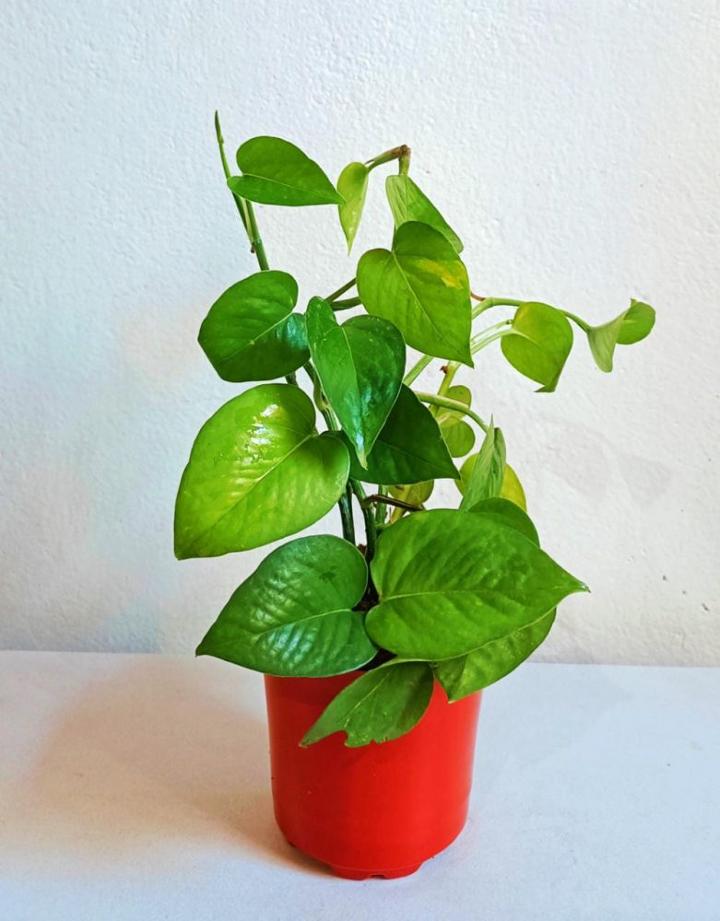
FAQs About Growing Money Plant
1. How should I care for my money plant?
Place your money plant in a location with bright, indirect sunlight. Avoid direct sunlight, as it can scorch the leaves.Water your money plant when the top inch of soil feels dry to the touch. Allow excess water to drain from the pot, and avoid waterlogging the soil, which can lead to root rot.Use a well-draining potting mix that retains some moisture but doesn't become waterlogged.Money plants prefer average room temperatures between 65-80°F (18-27°C). They can tolerate moderate humidity levels but thrive in slightly higher humidity.
2. Where should I place my money plant for optimal growth?
Money plants thrive in bright, indirect sunlight. Place your plant near a window where it can receive plenty of natural light but is shielded from direct sunlight, which can scorch the leaves.Money plants prefer average room temperatures between 65-80°F (18-27°C). Avoid placing them near drafts or cold windows during the winter months.
3. How do I propagate a money plant?
Choose a stem that is at least 4-6 inches long and has several leaves. Look for a stem with no signs of damage or disease.Use clean, sharp scissors or pruning shears to cut the stem just below a leaf node (the point where a leaf attaches to the stem).Remove the lower leaves from the stem, leaving at least one or two leaves at the top Place the stem cutting in a glass of water, making sure the cut end is submerged. Place the glass in a bright, indirect light location and change the water every few days to keep it fresh. Roots should start to develop within a few weeks.
4. Are there any specific fertilization needs for money plants?
Money plants, such as Pothos and Devil's Ivy, have relatively low fertilization needs but can benefit from occasional feeding during the growing season to promote healthy growth and vibrant foliage.
5. Can I grow multiple money plants together in the same pot?
Yes, you can grow multiple money plants together in the same pot, which can create a lush and attractive displayChoose a pot that is large enough to accommodate the number of money plants you want to grow together. Make sure the pot has drainage holes to prevent waterlogging.
